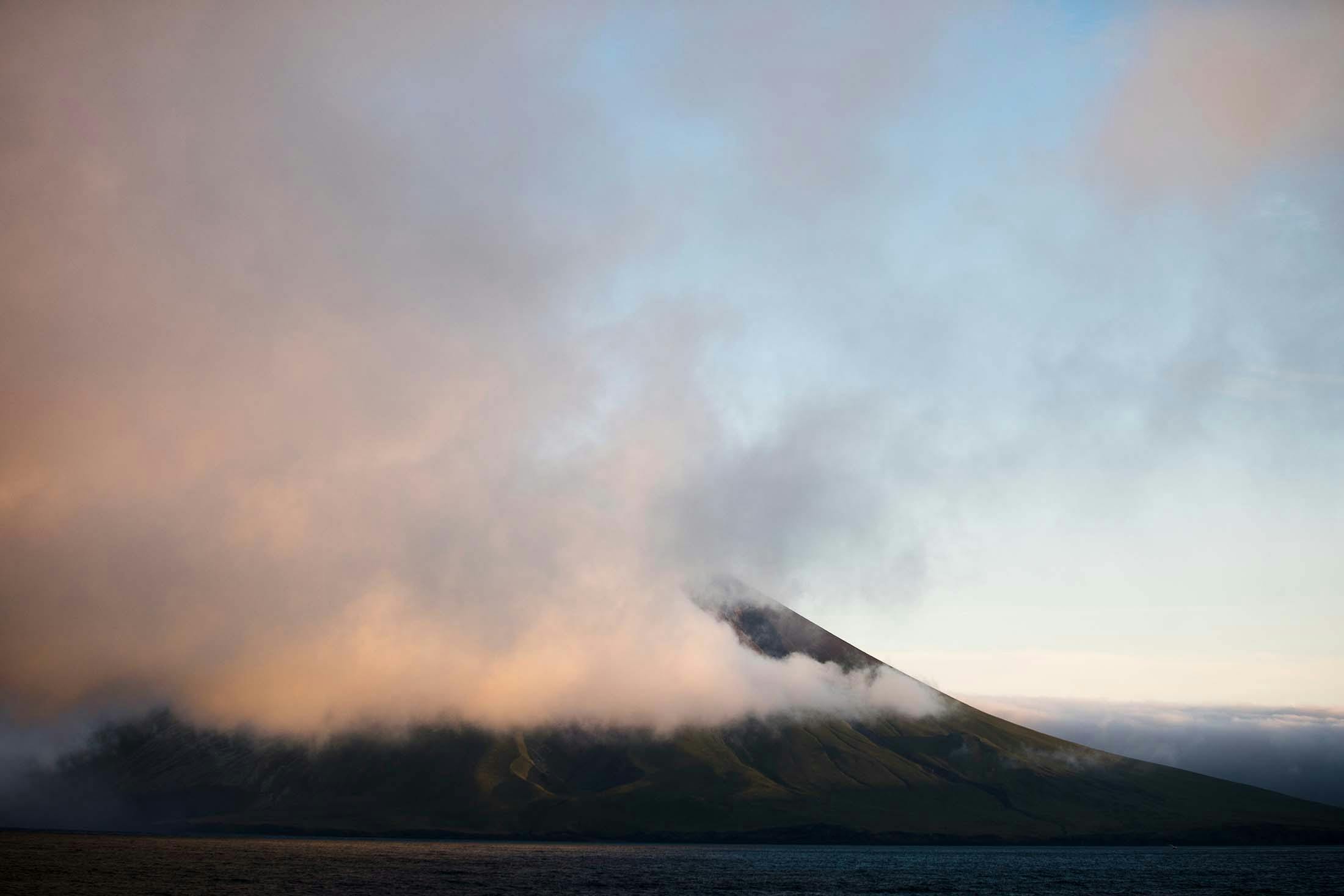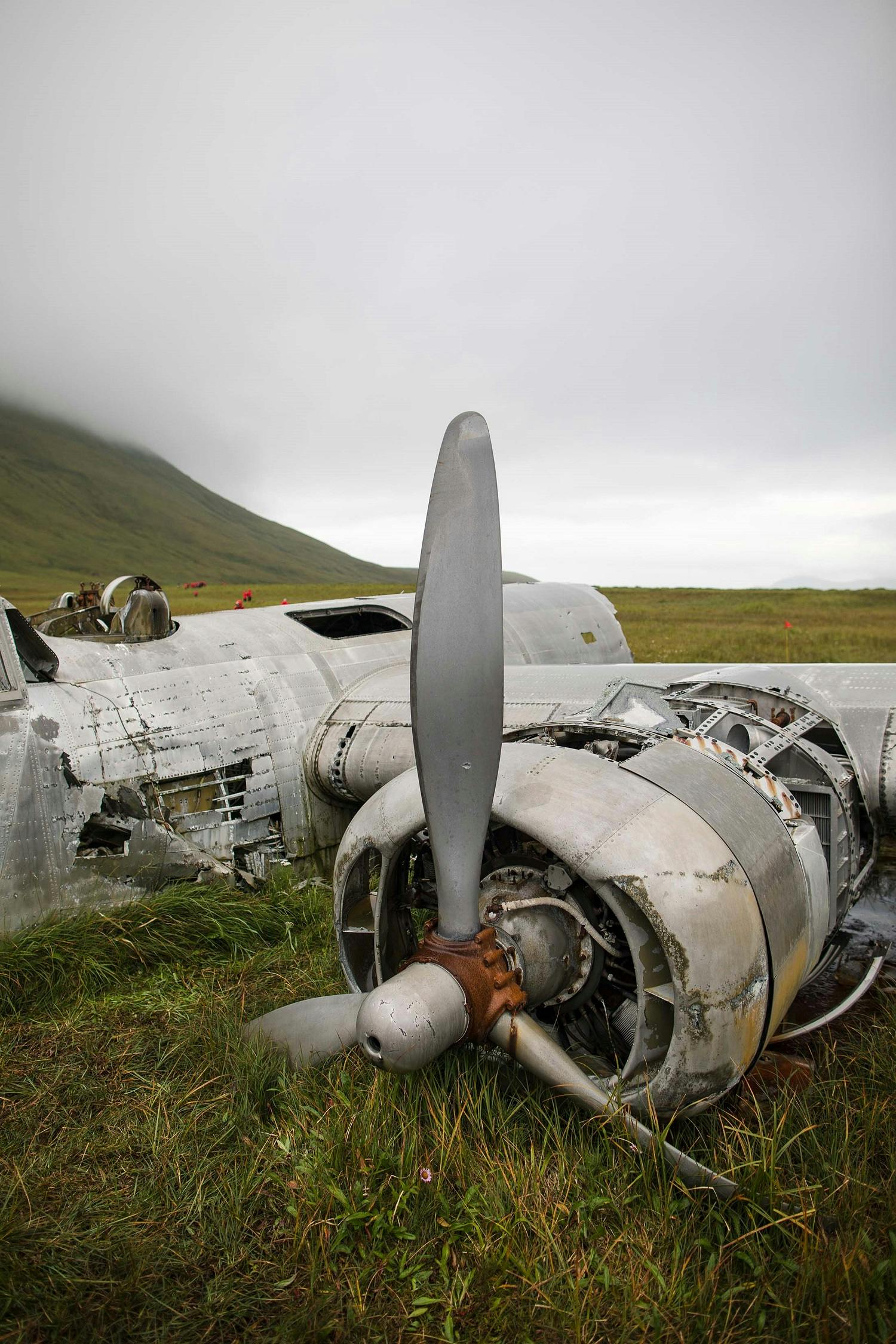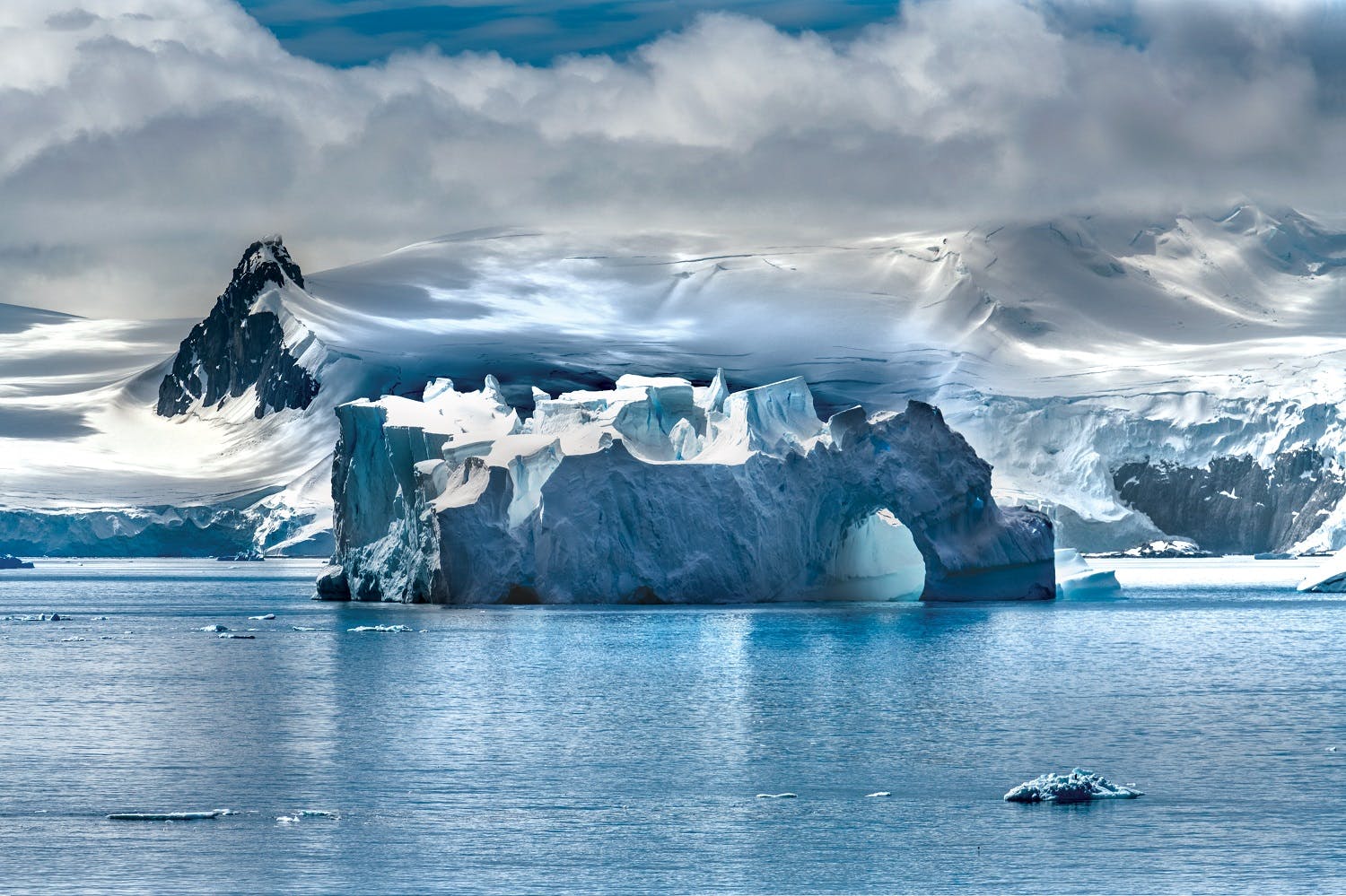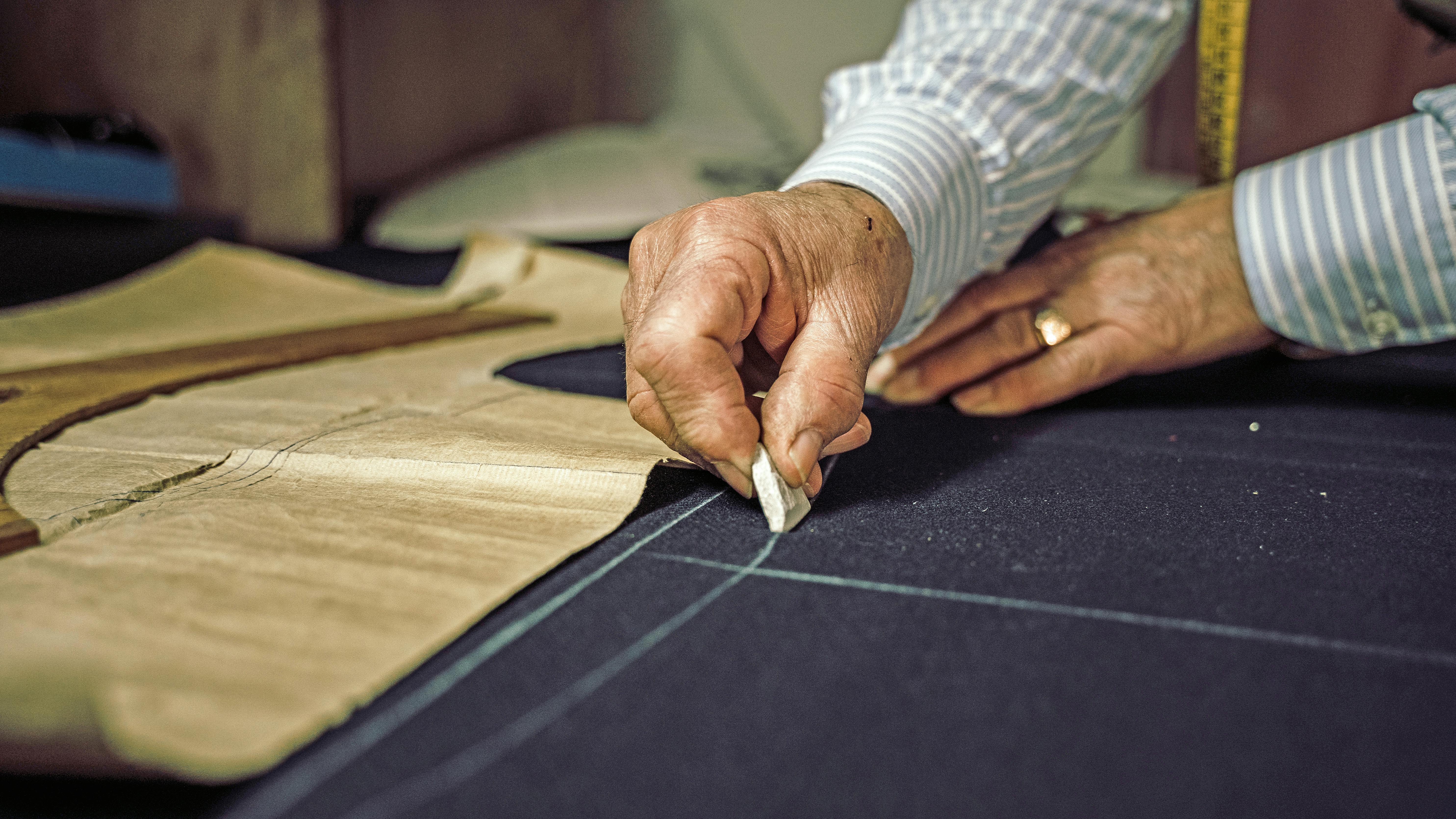Conrad Recommends: Where the Sea Breaks Its Back
Where The Sea Breaks Its Back, the latest great adventure story chosen by Conrad Combrink, Silversea’s Senior Vice President of Expeditions, Destination and Itinerary Management for his Great Reads series, really captures your interest when he shares why he chose the book: “It is interesting that this exploration has gone down in history as successful. Since I have rarely read about a voyage with so much poor judgment, bad decisions, and mishandling of many situations.”
Of course there were great adventures and historic successes, too. Watch Combrink’s review — and then pick up a copy of Where the Sea Breaks Its Back by Corey Ford.
The Gist: What’s so fascinating about Where the Sea Breaks Its Back:
Where The Sea Breaks its Back tells the tale of German adventurer, naturalist and doctor Georg Wilhelm Steller, who led the Russian exploration of Alaska. On this expedition, Steller’s big breakthroughs involved discovery of plants and animals he saw, identified and named, in this part of Alaska. Among those were Steller’s jay, sea eagle, sea cow, sea lion and the gumboot chiton.
As such, Steller is considered a pioneer of Alaskan natural history.
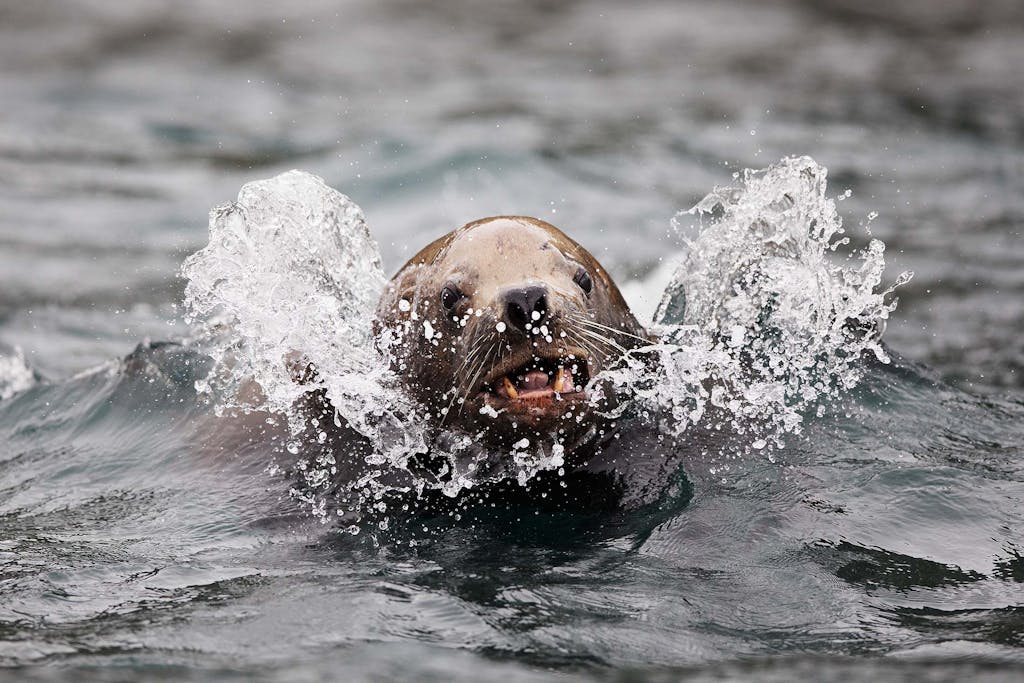
Taking place in 1741 after a decade of preparation and planning, Steller’s expedition included Vitus Bering, who was looking for a strait of sea between Russia and Alaska. The expedition featured two ships, the St. Peter and St. Paul that literally were separated just two weeks after sailing from Kamchatka. Ultimately, even though they took separate paths, they both made discoveries that became the Alaska Aleutian Islands. These islands, stretching across the Pacific Ocean between Russia’s Kamchatka and Alaska, include 14 large isles and 55 smaller ones. They are considered an important habitat for birds and marine life.

“It is interesting that this exploration has gone down in history as successful, since I have rarely read about a voyage with so much poor judgment, bad decisions, and mishandling of many situations.”
Conrad Combrink
The real heart of the book, Combrink tells us, is describing some of the disastrous moments and Steller’s keen observations of nature. When the ship wrecked, it is Steller who nurses the crew back to health, particularly because of his understanding of how to treat scurvy with medicinal plants. Steller emerges as a vastly more moving figure, then Bering, although Steller tried to treat the crew’s growing scurvy epidemic with leaves and berries that he had gathered, officers squandered his proposal.
“Just like these little boots that I purchased from an Inuit reminds me of the Aleutian islands almost six years ago, and serves as my memory of becoming a father,” Combrink tells us, “this book continues to remind and enlighten about the amazing and yet tragic expedition, and Georg Steller’s significant discoveries as an early naturalist.”

Fascinating Facts About Where the Sea Breaks its Back
- Georg Steller’s contributions to natural history during his voyage to Alaska and the Russian Far East are so important that three species of birds (Steller’s sea eagle, Steller’s eider and Steller’s jay) and two species of marine mammals (Steller’s sea lion and Steller’s sea cow) bear his name.
- The Steller’s sea cow, an aquatic mammal related to the manatee and the dugong, was hunted to extinction some 30 years after its identification and discovery by Georg Steller.
- Steller’s expedition is best known for the naturalist-related discoveries but his medical training also came in handy as scurvy was prevalent. He nursed some of his crew with the plants he discovered though, alas, no one could save the old captain who eventually himself succumbed.
- Vitus Bering’s Great Northern Expedition featured the first documented European discovery of Alaska. Though the importance of Bering’s achievements are evident in the naming of several landmarks of the regions – such as the Bering Strait, the Bering Sea, Bering Island or Bering Glacier – it was Steller who set foot on Alaskan soil in Cape St. Elias, which is located in the southwestern end of present-day Kayak Island.



